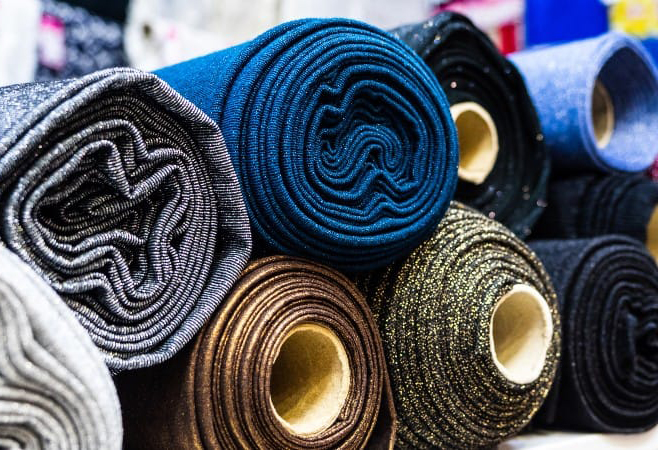Textile items are the closest thing to our human body, and the clothes on our bodies are processed and synthesized using textile fabrics. Different textile fabrics have different properties, and mastering the performance of each fabric can help us to better choose fabrics; The application of different textile fabrics will also be different, and the range of clothing design may be very different. We have a set of testing methods for each different textile item, which can help us test the performance of different fabrics.
Textile testing is to test the fabric of textiles by using some methods, and generally we can divide the detection methods into physical testing and chemical testing. Physical testing is to measure the physical quantity of the fabric through some equipment or instrumentation, and to organize and analyze to determine some of the physical properties of the fabric and the quality of the fabric; The chemical detection is the use of some chemical inspection technology and chemical instruments and equipment to detect the textile, mainly to detect the chemical properties and chemical properties of the textile, and to analyze the composition and content of its chemical composition to determine what kind of performance the textile fabric has.

The international standards commonly used for textile testing are as follows:GB18401-2003 National basic safety technical specifications for textile products,ISO International Organization for Standardization,FZ China Textile Industry Association,FZ China Textile Industry Association and so on.
According to the use, it can be divided into clothing textiles, decorative textiles, industrial supplies; According to the different production methods, it is divided into thread, belt, rope, woven fabric, textile fabric, etc.; According to the different raw materials, it is divided into cotton fabrics, wool fabrics, silk fabrics, linen fabrics and chemical fiber fabrics. Then let us learn more what are the common textile ISO test standards?

1.ISO 105 series color fastness test
The ISO 105 series includes methods for determining the tolerance of textile colors to various conditions and environments. This includes resistance to friction, organic solvents and the action of nitrogen oxides during combustion and at high temperatures.
2.ISO 6330 Household washing and drying procedures for textile testing
This set of procedures details household washing and drying procedures to evaluate the properties of fabrics as well as the performance of clothing, household products and other textile end products. These textile quality and performance assessments include smoothness appearance, dimensional changes, stain release, water resistance, water repellecy, color fastness to home washes, and care labels.
3.ISO 12945 series on pilling, blurring and matting
The series specifies the method for determining the resistance of textile fabrics to pilling, blurring and matting. This is done using a rotating pill-setting box device that allows fabrics to rank according to their sensitivity to pilling, blurring and matting during end-of-use wear.
4.ISO 12947 series on abrasion resistance
ISO 12947 details the procedure for determining the abrasion resistance of a fabric. ISO 12947 includes requirements for Martindale test equipment, determination of specimen decomposition, determination of quality loss and assessment of changes in appearance.
We are polyester viscose fabric,wool fabric,polyester cotton fabric manufacturer,if you want to learn more,welcome to contact us!
Post time: Sep-21-2022

